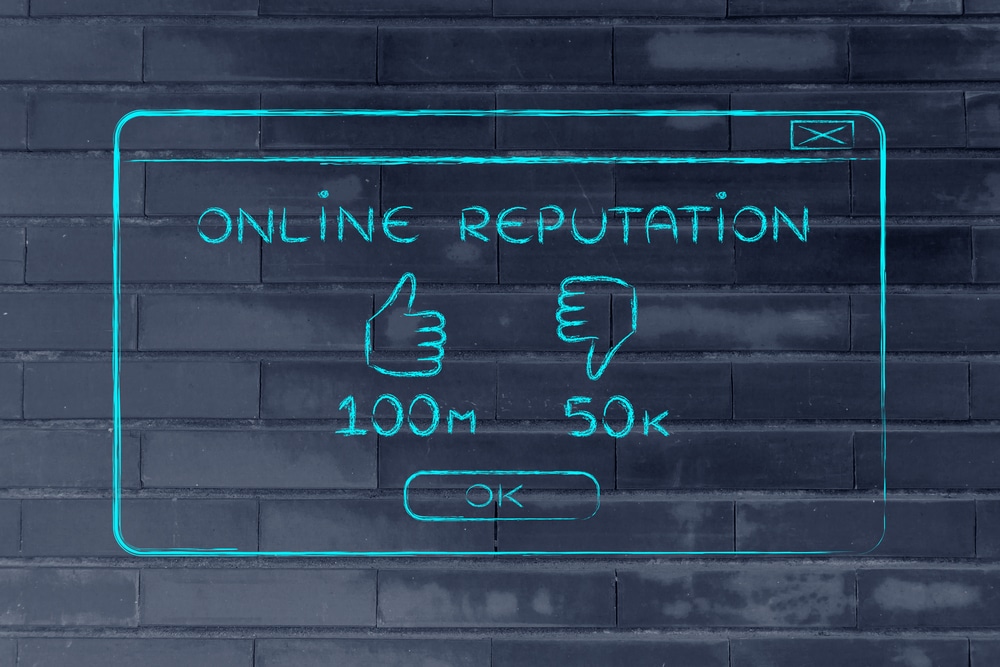Selecting the right AI storyboard generator is crucial for ensuring high-quality and efficient production of visual media projects. With the increasing use of AI in various industries, there is a wide range of storyboard generators available in the market. Hence, it is essential to consider certain factors to make an informed decision.
What is an AI Storyboard Generator?
An AI storyboard generator is a powerful tool that utilizes artificial intelligence to automatically generate visual representations of a storyline or script. By analyzing the input text, these generators can produce corresponding storyboard frames, making the pre-production process for various visual media, such as films, animations, and advertisements, much more efficient.
Why is Choosing the Right AI Storyboard Generator Important?
Selecting the correct AI storyboard generator is essential for streamlining the process of storytelling, maintaining consistency in visual elements, and effectively communicating ideas. With the appropriate tool, you can improve audience engagement, simplify intricate concepts, and elevate the overall impact of your narratives.
When choosing an AI storyboard generator, it is crucial to consider factors such as:
- Customization options
- Ease of use
- Compatibility with your specific project requirements
Factors to Consider When Selecting an AI Storyboard Generator
When it comes to selecting an AI storyboard generator, there are several factors to consider in order to ensure that you are choosing the best option for your project. In this section, we will discuss some key considerations that should be taken into account during the selection process. These include the level of customization options available, the user-friendliness of the platform, its compatibility and integration with other tools, and the cost and budget implications. By understanding these factors, you can make an informed decision and find the most effective AI storyboard generator for your needs.
1. Customization Options
- Assess Your Needs: Identify the level of customization required for your projects.
- Feature Evaluation: Look for options to customize characters, scenes, and animations.
- Template Versatility: Assess the ability to create diverse storyboards to suit different themes and purposes.
- Interactive Elements: Consider the availability of interactive elements for engaging storytelling.
- Feedback Mechanism: Ensure the platform allows for feedback and iteration during the customization process.
In the 1920s, Walt Disney pioneered the use of storyboards in animation, revolutionizing the creative process in the film industry. His meticulous attention to detail and emphasis on customization options set a benchmark for customization options that remain influential in modern digital media.
2. User-Friendliness
When assessing the user-friendliness of an AI storyboard generator, follow these steps:
- Evaluate the interface for intuitive navigation and ease of use.
- Test the customization features to ensure they are straightforward and easy to use.
- Look for comprehensive user guides and support resources.
- Consider the learning curve and accessibility for non-technical users.
3. Compatibility and Integration
- Check compatibility: Make sure that the AI storyboard generator is compatible with your current operating system and other software tools, allowing for a smooth integration into your workflow.
- Integration capabilities: Confirm that the AI storyboard generator can seamlessly integrate with your existing project management and collaboration tools, streamlining the creative process.
- API compatibility: Evaluate if the AI storyboard generator offers APIs for integration with custom applications or third-party software, providing enhanced functionality.
4. Cost and Budget
- Evaluate your budget and determine the maximum investment for an AI storyboard generator.
- Conduct research on various options to understand their pricing models and offered features.
- Consider the long-term benefits and potential ROI of the AI storyboard generator in relation to its cost.
- Take advantage of free trials or demos to assess the value compared to the cost.
- Take into account any additional costs for training, support, or customization.
When considering the cost and budget for an AI storyboard generator, it is important to carefully consider the upfront investment in relation to the long-term benefits. By evaluating the features, potential ROI, and additional costs, you can make an informed decision that aligns with your budget and objectives.
Top Techniques for Choosing an Effective AI Storyboard Generator
When it comes to choosing an AI storyboard generator, there are various factors to consider in order to find the most effective option for your needs. In this section, we will discuss the top techniques for selecting an AI storyboard generator. From conducting thorough research and reading user reviews to taking advantage of free trials and seeking expert advice, we will cover the essential steps to ensure that you choose the best storyboard generator for your specific goals and requirements.
1. Research and Compare Different Options

- Identify your specific needs and goals.
- Conduct thorough online research to explore various AI storyboard generators.
- Compare features, functionality, and user reviews of different options for research and comparison.
- Consider the compatibility and integration of the AI storyboard generator with your existing tools and workflow.
- Analyze the cost and budget implications for each option.
2. Read User Reviews and Testimonials

- Research: Explore various AI storyboard generators and compare user reviews and testimonials to gauge their effectiveness.
- Validation: Verify the authenticity of user reviews and testimonials to ensure their credibility and relevance to your needs.
- Feedback: Pay attention to specific features or functionalities highlighted in the reviews and testimonials to align with your requirements.
- Consideration: Factor in both positive and negative feedback to make an informed decision about the AI storyboard generator.
Did you know? 92% of consumers read online reviews, and testimonials influence their purchasing decisions.
3. Take Advantage of Free Trials and Demos

- Explore various AI storyboard generators offering free trials and demos.
- Sign up for these trials to take advantage of the opportunity to experience the features and functionalities firsthand.
- Utilize the free trials to create sample storyboards and assess the ease of use and customization options.
- Consider the compatibility and integration of the AI storyboard generator with your existing tools during the trial period.
- Maximize the benefits of the customer support and resources available during the trial to address any queries or concerns.
4. Consider Your Specific Needs and Goals

- Assess your specific requirements and goals for storyboard features, including AI customization, collaborative tools, and compatibility with existing software.
- Evaluate your goals, taking into account factors such as project scale, industry-specific needs, and the desired level of automation.
- Understand your team’s proficiency with AI tools and determine the level of support and training needed for seamless integration.
5. Seek Expert Advice and Recommendations

Seeking expert advice and recommendations can provide valuable insights and guidance in selecting the most suitable AI storyboard generator for your specific requirements, needs, and goals.
What is the Difference Between AI Storyboard Generators and Traditional Storyboard Software?
AI storyboard generators utilize artificial intelligence to automate the creation of storyboards, while traditional storyboard software requires manual input and design. AI generators analyze scripts and produce visual representations, saving time and effort.
When choosing between AI storyboard generators and traditional software, it’s important to take into account the difference in automation and time-saving capabilities provided by AI technology. While traditional storyboard software relies on manual input and design, AI generators use advanced algorithms to analyze scripts and create visual representations, significantly streamlining the process.
Can AI Storyboard Generators Replace Human Storyboard Artists?
When evaluating the potential of AI storyboard generators to replace human artists, it is crucial to acknowledge that while AI technology may offer efficiency and consistency, it cannot fully replicate the creativity and emotional depth that human artists bring to storytelling. AI excels in repetitive tasks and speed, making it well-suited for certain projects, but human artists provide unique perspectives and originality, resulting in a deeper connection with the audience. Therefore, a balanced approach that utilizes AI for efficiency while valuing human creativity is necessary for impactful storytelling.
Key Takeaways:
- Choose an AI storyboard generator based on your specific needs and goals, considering factors like the type of AI used, customization options, user-friendliness, compatibility, and cost.
- Research and compare different options, read user reviews, take advantage of free trials and demos, and seek expert advice to choose an effective AI storyboard generator.
- While AI storyboard generators can enhance and streamline the creative process, they cannot replace the unique vision and artistic touch of human storyboard artists.
Frequently Asked Questions
1. Can AI storyboard generators be used for any type of video content?
Yes, AI storyboard generators can be used for any type of video content, whether it is a marketing video, 2D animation, or a big screen production. These tools are designed to assist in the pre-production process and provide a visual guide for the production team.
2. Are rough drawings or stick figures used in AI storyboard generators?
No, AI storyboard generators use generated images and visuals to create a cohesive foundation for the project. However, some tools may allow for rough drawings or stick figures to be added to the storyboard for more customization.
3. How can AI-powered tools speed up the creative journey for video creators?
AI-powered tools can speed up the creative journey by providing quick-generating options, such as pre-set camera angles, character movements, and sound effects. This eliminates the need for manual creation and allows for a more efficient process.
4. Can AI storyboard generators evoke emotion and set the mood for a video?
Yes, AI-powered tools can assist in setting the direction and tone of a video by providing a visual roadmap and mood board. This can help creators collect visual references and inspire the project’s vibe.
5. How can visual inspiration be used in the pre-production process with AI storyboard generators?
Visual inspiration can be used in the pre-production process by collecting visual references and using them to guide the project’s direction. AI-powered tools can then use these references to create quality outputs that align with the project’s vision.
6. Can AI storyboard generators be used for more complex and conceptual shots?
While AI-powered tools can assist in creating a detailed story roadmap, there may be limitations in generating conceptual pictures. In these cases, it is still important to have a human touch, such as a human sketch artist, to ensure the shots accurately portray the intended message.
